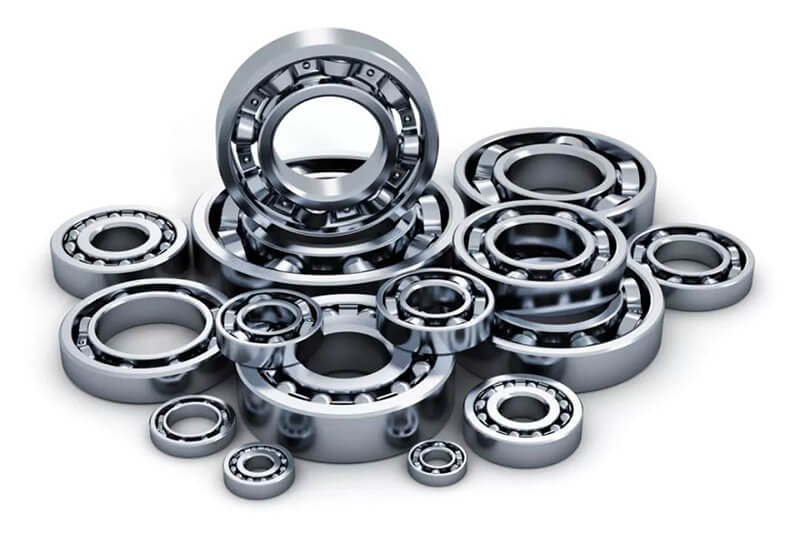Low-temperature bearings are not designed to operate stably in high-temperature environments, like high-temperature bearings. Instead, they are designed with special materials and structures to reduce friction and minimize friction heating, thus maintaining low temperatures during extended operation.
Bearings that operate at temperatures below -60 ℃ are considered low-temperature bearings.
They are primarily used in various liquid pumps, including those for liquefied natural gas, liquid nitrogen (hydrogen, oxygen), butane, rockets and missiles, spacecraft, and more.

Low temperature bearing operating temperature
Operating temperature is a crucial indicator for global bearing brands.
The operating temperature of a low-temperature bearing reflects the technology and processing level of the bearing’s material and manufacturing.
Measurements are primarily taken based on the temperature difference between the bearing’s outer ring and the injected cooling oil during operation.
Lower operating temperatures result in a longer bearing life and improved performance.
World-renowned bearing manufacturers, leveraging their respective strengths, aim to gain a competitive advantage in low-temperature bearings across various industries.
For instance, Timken’s self-aligning roller bearing has undergone strict testing, resulting in an operating temperature that is about 15.5 degrees Celsius lower than similar products in the market, whereas other well-known international brands have operating temperatures that are more than 19 degrees Celsius.
Low temperature bearing product category
Low-temperature bearings are typically single row deep groove ball bearings and cylindrical roller bearings.
The jamming phenomenon in low-temperature bearings is caused by external factors such as temperature changes and internal factors such as the difference in thermal expansion coefficients between the shaft, frame, and materials.
When the temperature range is significant, the contraction of different materials is unequal, leading to a smaller gap and jamming.
Therefore, for equipment that operates in a wide range of temperatures, including low-temperature equipment, it is important to calculate the expansion coefficients of materials and use materials with similar coefficients for optimal performance.
In terms of structural design, it’s best to avoid using tapered roller bearings at both ends of the shaft. This configuration can result in jamming as the distance between the two bearings increases.
If a pair of tapered bearings are installed at one end of the shaft for positioning, the axial movement of the shaft is restricted, while the other end of the shaft can be equipped with a rolling bearing, which only limits radial force and can move axially within a certain range due to axial temperature changes.
Material selection of low temperature bearing
Selection of Steel for Low-Temperature Bearings
Low-temperature bearings are typically made of stainless steel, such as 9Cr18 and 9Cr18Mo, or materials like beryllium bronze, ceramics, and others.
For extremely low temperatures (limit temperature -253 ℃), 6Cr14Mo material can be selected, but it must only be used in a vacuum environment.
Note: When using low-temperature bearings, it’s important to be mindful of lubrication-related burns, so choose an appropriate lubricant accordingly.
List of bearing materials and operating temperature
|
Steel system |
Material Science |
Working temperature |
Remarks |
|
High temperature bearing steel |
GCr4Mo4V |
≤315℃ |
|
|
GCr14Mo4 |
≤330°℃ |
Corrosion resistant medium |
|
|
W6Mo5Cr4V2 |
≤430℃ |
||
|
W9Cr4V2Mo |
≤450°℃ |
||
|
W18Cr4V |
≤550°℃ |
||
|
High temperature carburized bearing steel |
H10Cr4Mo4N |
≤550°℃ |
For large carburized bearings |
|
i4VRR6027 |
|||
|
Stainless heat resistant steel |
≤400℃ |
High temperature corrosion resistance |
|
|
≤400℃ |
High temperature corrosion resistance |
||
|
2Cr13 |
≤600℃ |
Nitriding treatment is required. High temperature and corrosion resistance |
|
|
1Cr13 |
≤650℃ |
Nitriding treatment is required. High temperature and corrosion resistance |


